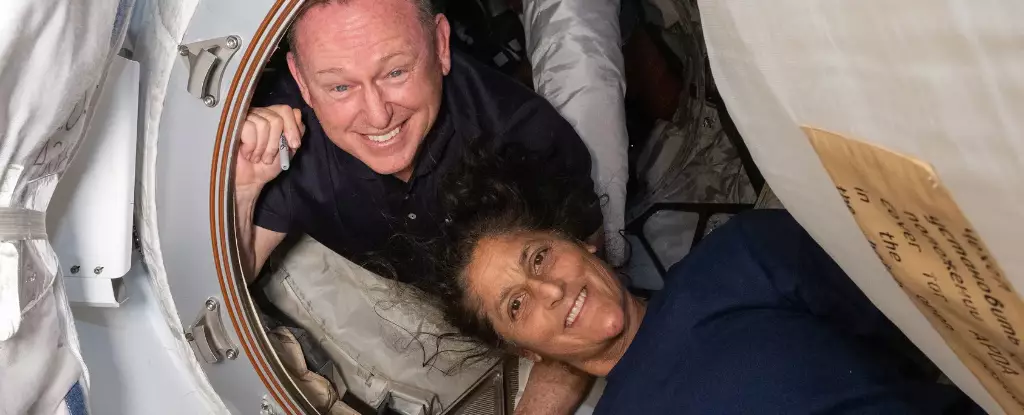In a surprising development, two American astronauts have been set on a collision course with an early return from their lengthy mission aboard the International Space Station (ISS). Butch Wilmore and Suni Williams, who have found themselves in an unexpected situation, were initially scheduled for a brief eight-day mission but ended up spending over eight months in orbit. The prolonged duration stemmed from significant propulsion issues experienced by their Boeing Starliner spacecraft, ultimately resulting in an unprecedented extension of their stay in space.
NASA, recognizing the challenges posed by the Boeing Starliner, made the strategic decision to shift the mission’s return responsibility to SpaceX, a company founded by entrepreneur Elon Musk. This pivot followed an extensive period of testing, ensuring that the spaceships can safely transport astronauts back to Earth. While Musk’s assurances to return the astronauts as soon as possible were met with optimism, the timeline shifted again when Crew-10, which was intended to facilitate their return, was postponed.
What seemed to be a smooth handover encounter transformed into a complex mission adjustment. Instead of utilizing a brand-new Dragon spacecraft, which would have required further processing, NASA pivoted to the previously flown vehicle named Endurance. This decision indicates an adaptive strategy by NASA and SpaceX, illustrating their commitment to ensuring crew safety while addressing logistical challenges.
As NASA announced an updated launch date for Crew-10, slated for March 12, pending mission readiness, the psychological toll of prolonged space living became a topic of interest. Wilmore and Williams, despite their unanticipated extended stay, reported high spirits, embracing their unique living conditions while enjoying the overall experience. They maintained that their provisions remained plentiful and had taken the extended mission in stride, showcasing resilience in an unusual and challenging environment.
This scenario reflects the unpredictable nature of space travel, a field where plans can become obsolete in the blink of an eye. The record for the longest stay aboard the ISS is held by astronaut Frank Rubio, who spent 371 days in space—an achievement that remains secure for the time being. However, the framework of time in space is one that continually demands adaptability and patience from astronauts.
The impending return of Wilmore and Williams not only signifies a successful resolution of an extended mission but also poses questions about future space expeditions. As technology develops and new spacecraft are introduced to the fray, the systematic processes surrounding crew changes and spacecraft reliability must continually evolve. The experiences of Wilmore and Williams may lead to enhanced safety protocols and strategies, ultimately benefiting NASA’s goals of expanding human presence in space.
As the countdown begins, the space community remains engaged, looking forward to the astronauts’ safe return and eagerly discussing the lessons learned from this extraordinary mission. The intersection of technology, human resilience, and adaptability is crucial in navigating the complexities of space exploration, reminding us that while flight plans may change, the spirit of exploration endures.


Leave a Reply